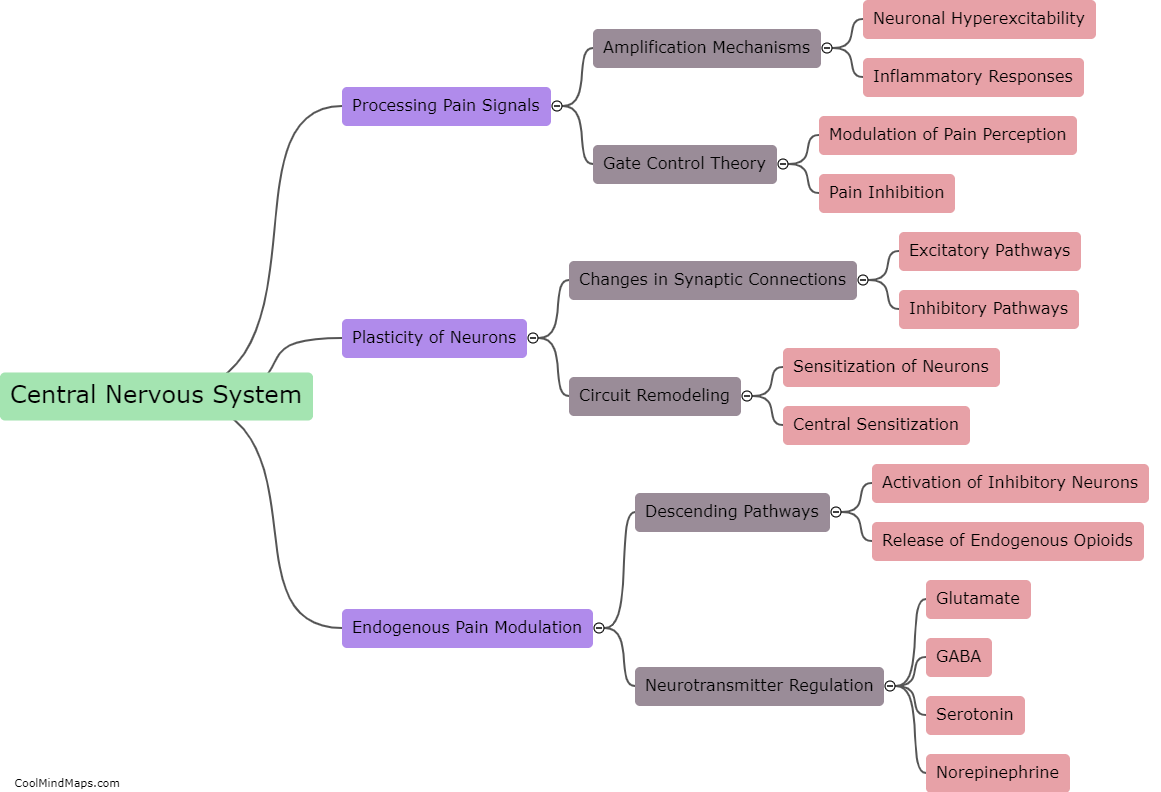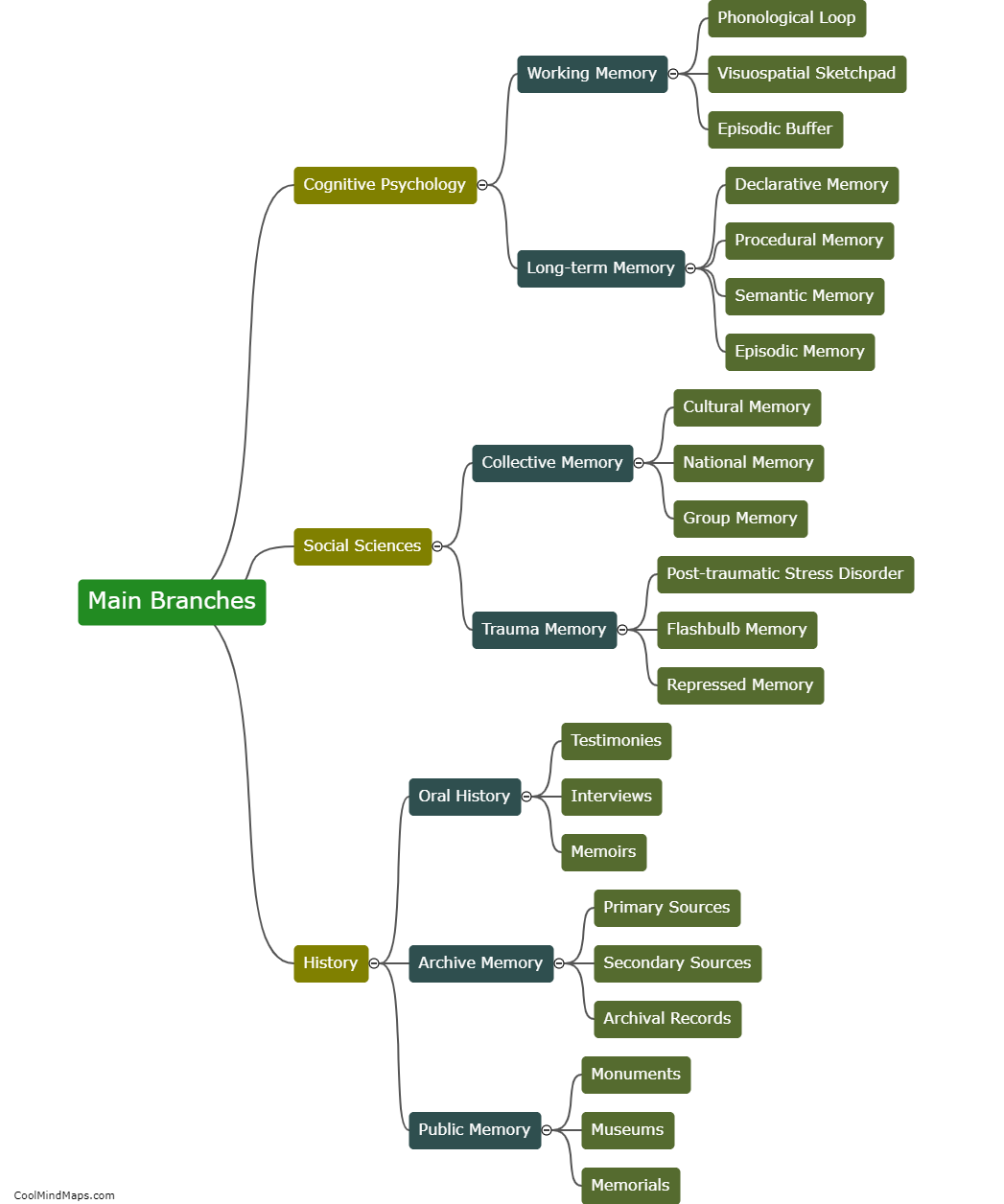How does a neo semiotic approach differ from traditional approaches?
A neo-semiotic approach differs from traditional approaches in its understanding of signs and their meaning-making processes. While traditional semiotics focuses on linguistic signs and their representation of specific concepts, a neo-semiotic approach expands this understanding by incorporating additional non-linguistic signs and exploring their meanings within specific cultural contexts. Neo-semiotics adopts a more interdisciplinary perspective, considering not only language but also visual signs, gestures, images, and other non-verbal modes of communication. Additionally, while traditional semiotics tends to view signs as fixed and stable, a neo-semiotic approach recognizes that meanings are dynamic and context-dependent, influenced by cultural, social, and historical factors. This approach emphasizes the importance of contextual interpretation and the interaction between signs and their users. Overall, a neo-semiotic approach provides a richer and more comprehensive analysis of signs and their significance within various communication contexts.

This mind map was published on 26 October 2023 and has been viewed 115 times.











